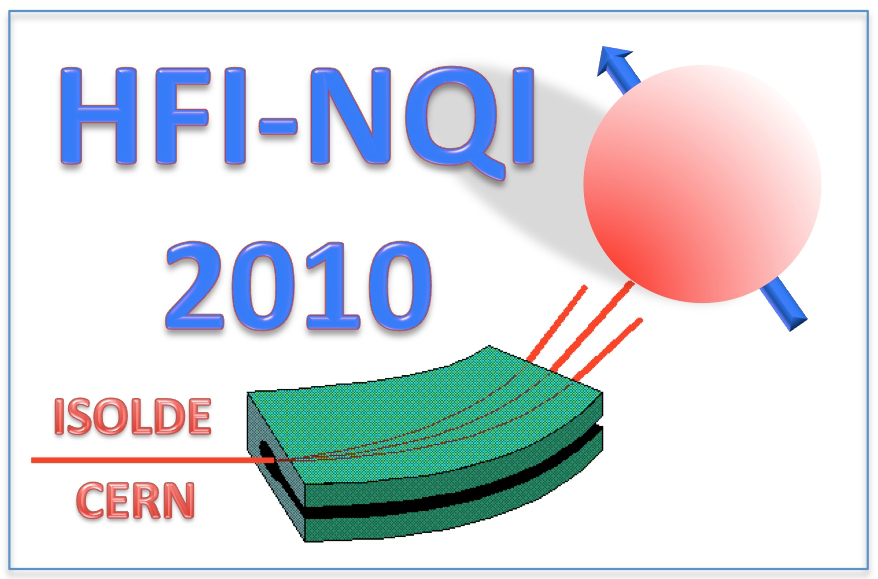Speaker
Israel Nowik
(Hebrew University, Jerusalem, ISRAEL)
Description
Recent publications [1,2] reported detailed studies, by a variety of methods including Mössbauer spectroscopy [2], of the icosahedral quasicrystal Zn77Fe7Sc16. However the Mössbauer absorber was extremely thick (1mg/cm2 of 57Fe) which is more than 20 mean free paths for the 14.4 γ radiation. Thus the interpretation of the many spectra in terms of distributions of hyperfine parameters, without considering the thick absorber problem, is in serious doubt. We have repeated some of the measurements, with the material studied in [1], however with a very thin absorber (3 mg/cm2 of natural iron), to be able to analyze the spectra in terms of various physical models. The experimental spectra (5.1 K to 296 K) were least square fitted with a pure Gaussian distribution of quadrupole interactions at temperatures 8.1K to 296K, and an additional Gaussian distribution of magnetic hyperfine fields in the spectra at 5.1K to 7.1K. However the low temperature spectra (below 7.1 K) can also be fitted, to the same χ2, within a dynamical model, in which superparamagnetic clusters fluctuate [3] close to and below the spin glass freezing temperature (Tf ~7.5K). Our conclusions are: a. Indeed the iron ions are distributed in this quasicrystal in almost a random manner, simulated by a Gaussian distribution of quadrupole interactions extending even to negative values, which artificially resembles a two peak distribution [2]. b. The spectra below Tf exhibit a broad symmetric shape, indicating random angles between the magnetic hyperfine field and the main axis of the electric field gradient. c. The experimental spectra do not yet have the resolution required to distinguish between the static or dynamic model, with which the spectra were fitted.
[1] T. J. Sato, S. Kashimoto, C. Masuda, T. Onimaru, I. Nakanowatari, K. Iida, R. Morinaga and T. Ishimasa, Phys. Rev. B77, 014437 (2008).
[2] K. Al-Qadi, P. Wang, Z. M. Stadnik, and J. Przewoznik, Phys. Rev. B79, 224202 (2009).
[3] I. Nowik and H.H. Wickman, Phys. Rev. Letters 17, 949-51 (1966).
Author
Israel Nowik
(Hebrew University, Jerusalem, ISRAEL)
Co-authors
Prof.
Rolfe H. Herber
(Hebrew University, Jerusalem; ISRAEL)
Taku J. Sato
(Nuclear Science Laboratory, University of Tokyo, JAPAN)
